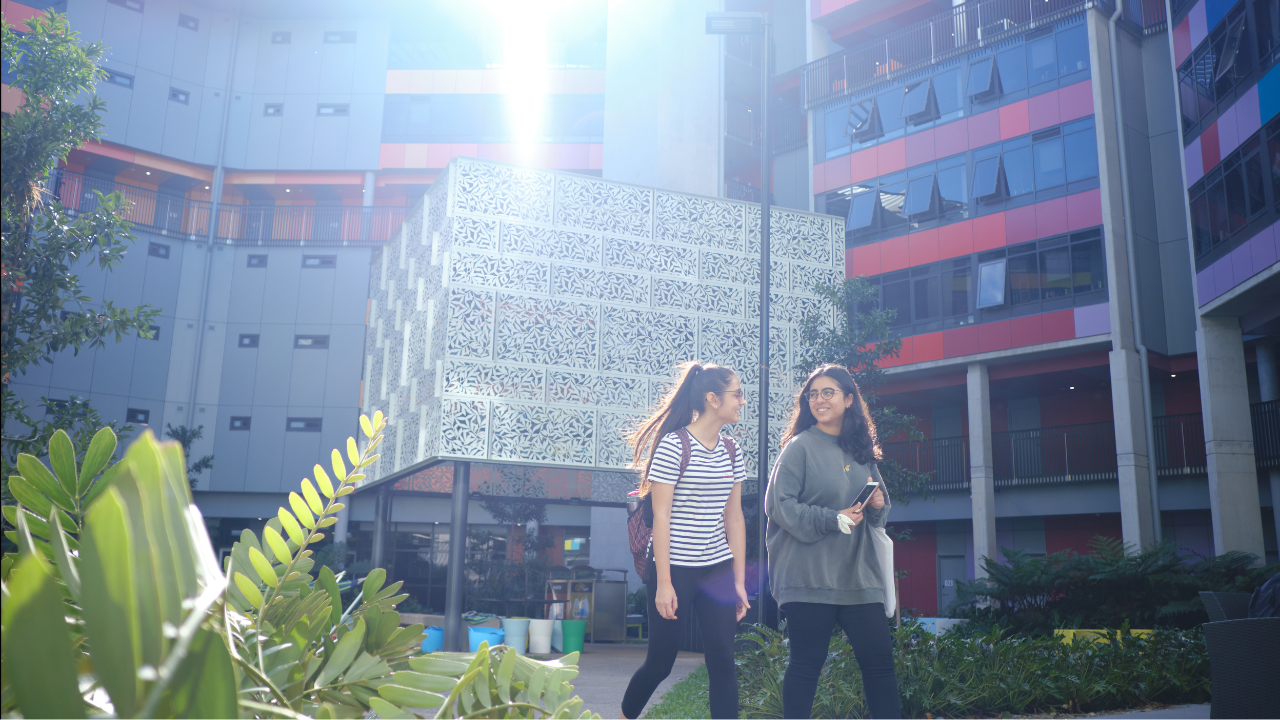Explore the real-life experiences of international students, like you, who have taken the leap to chase their dreams by studying in Queensland, Australia.

Student Stories
Discover what studying in Queensland is like from students and alumni who chose to start here.
Queensland offers international students a safe, warm and welcoming base with world-class education offerings to build their global careers.






















